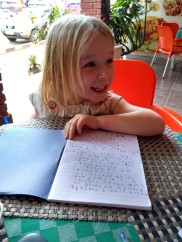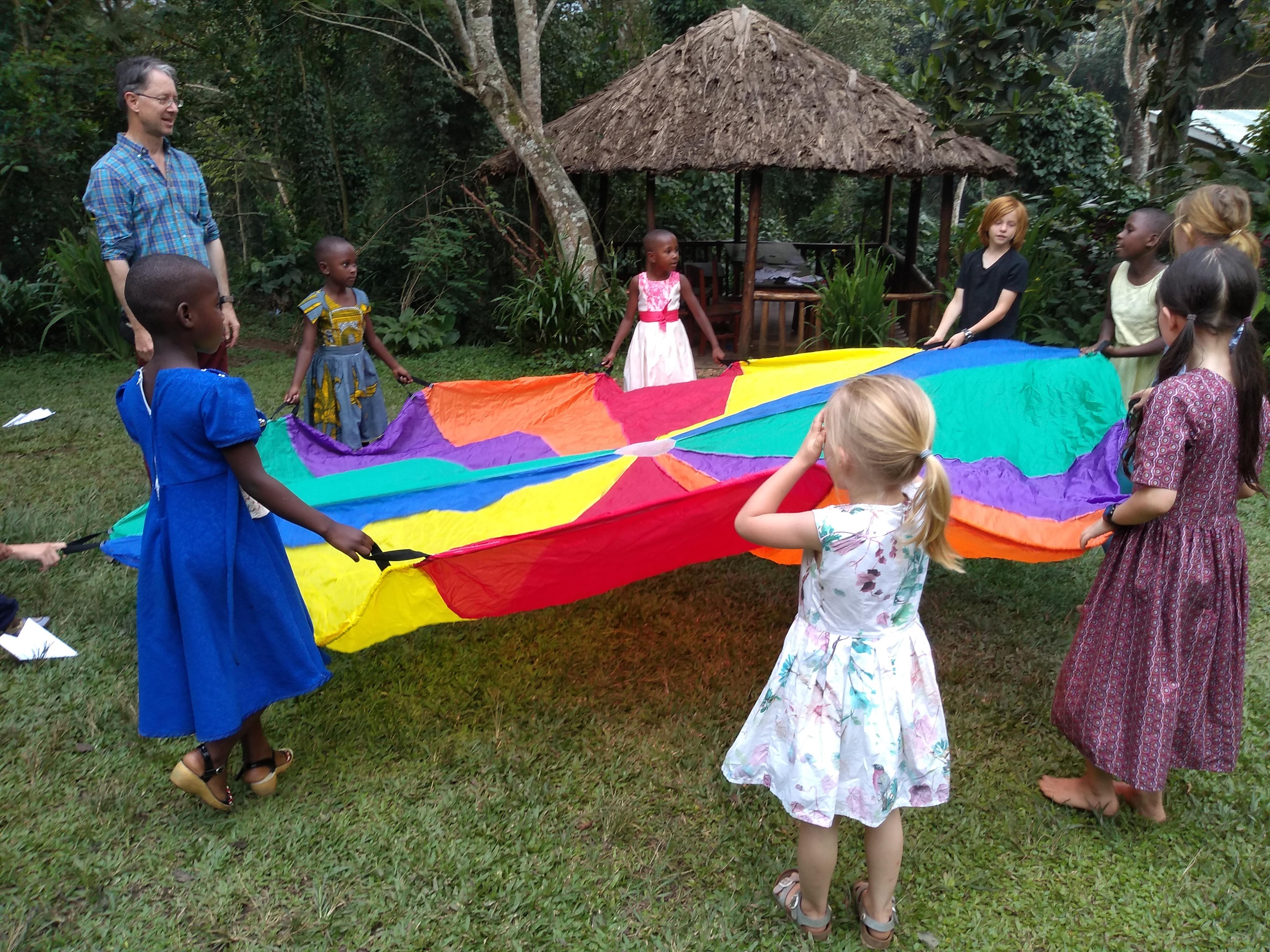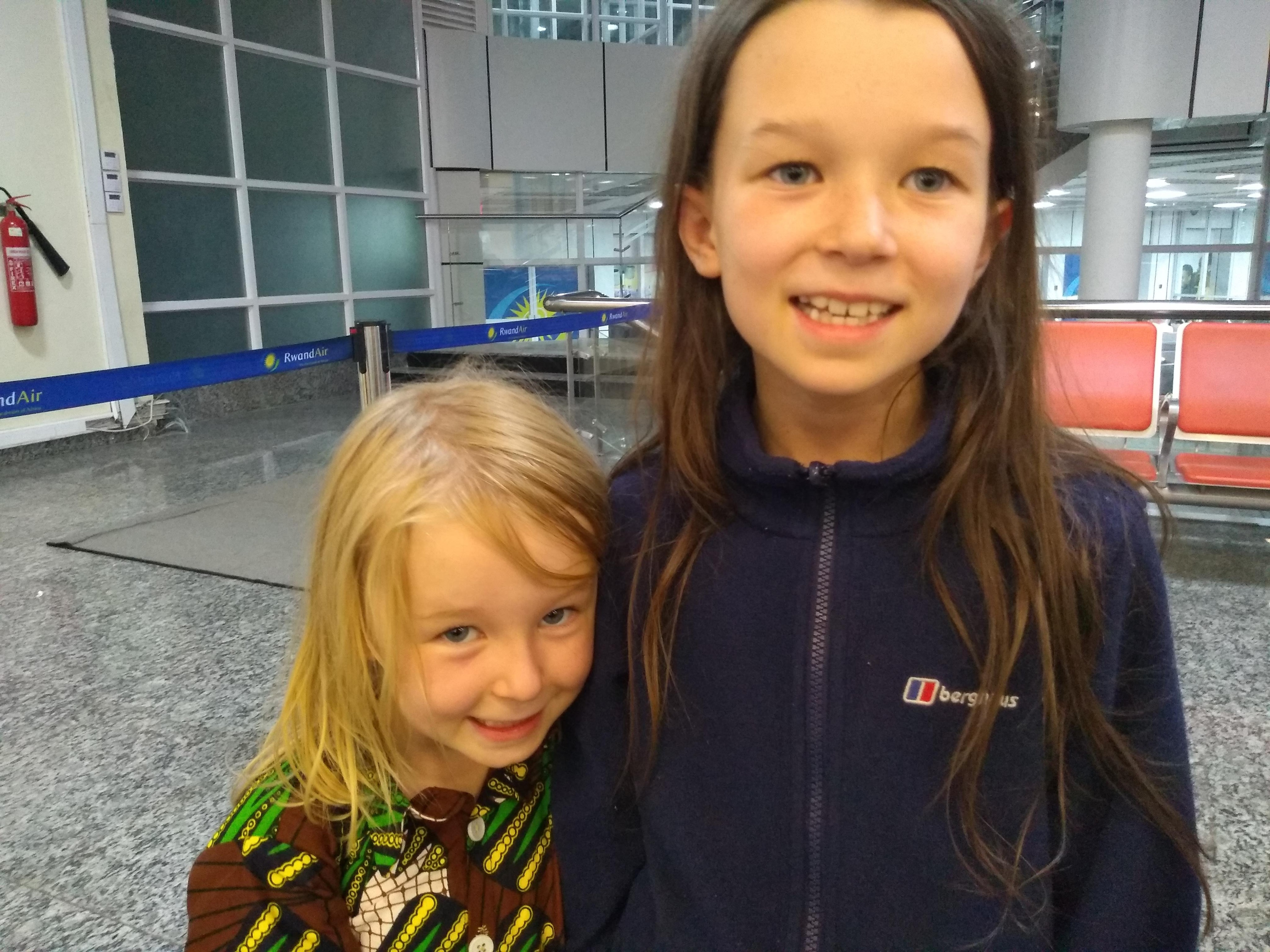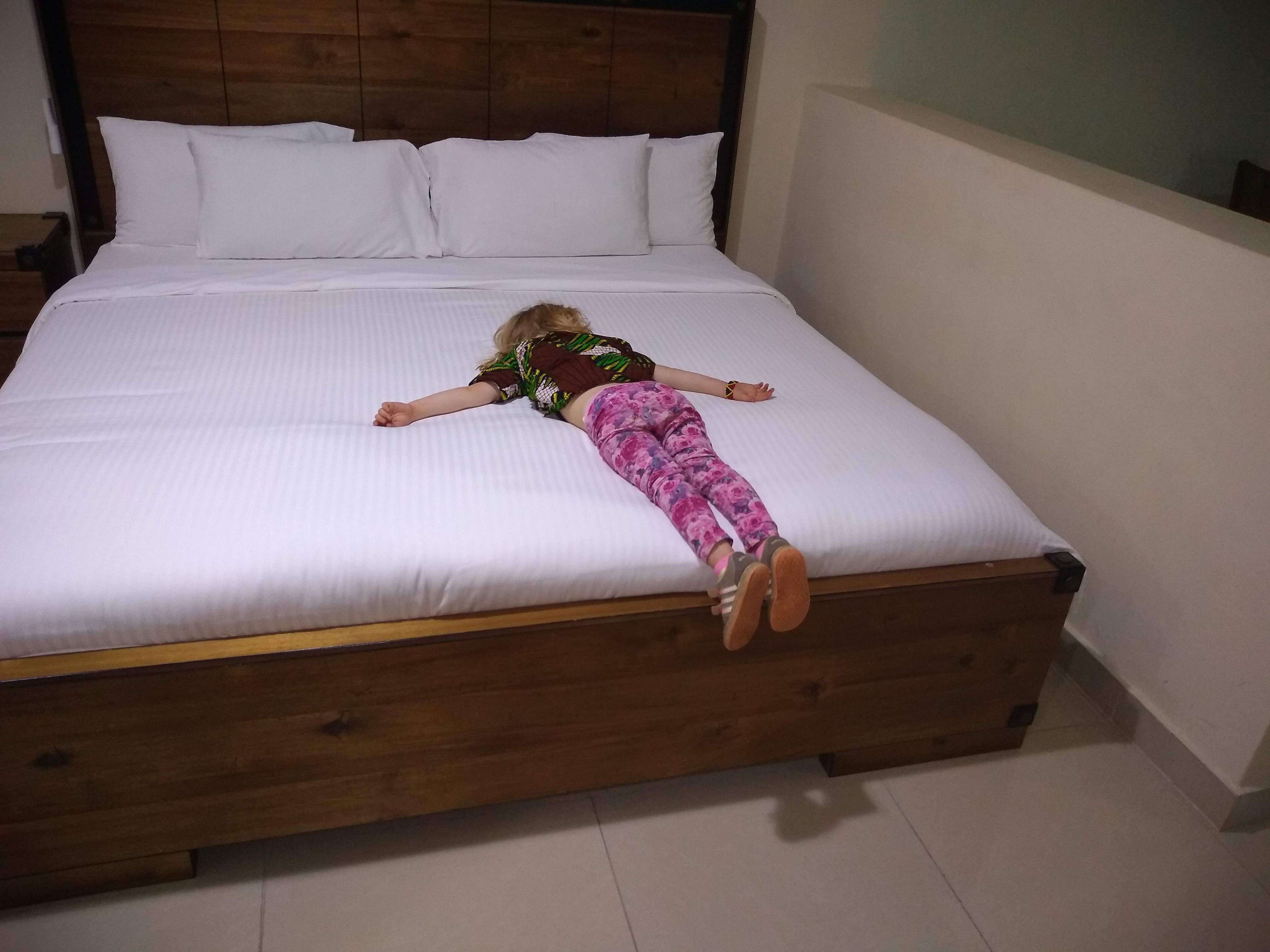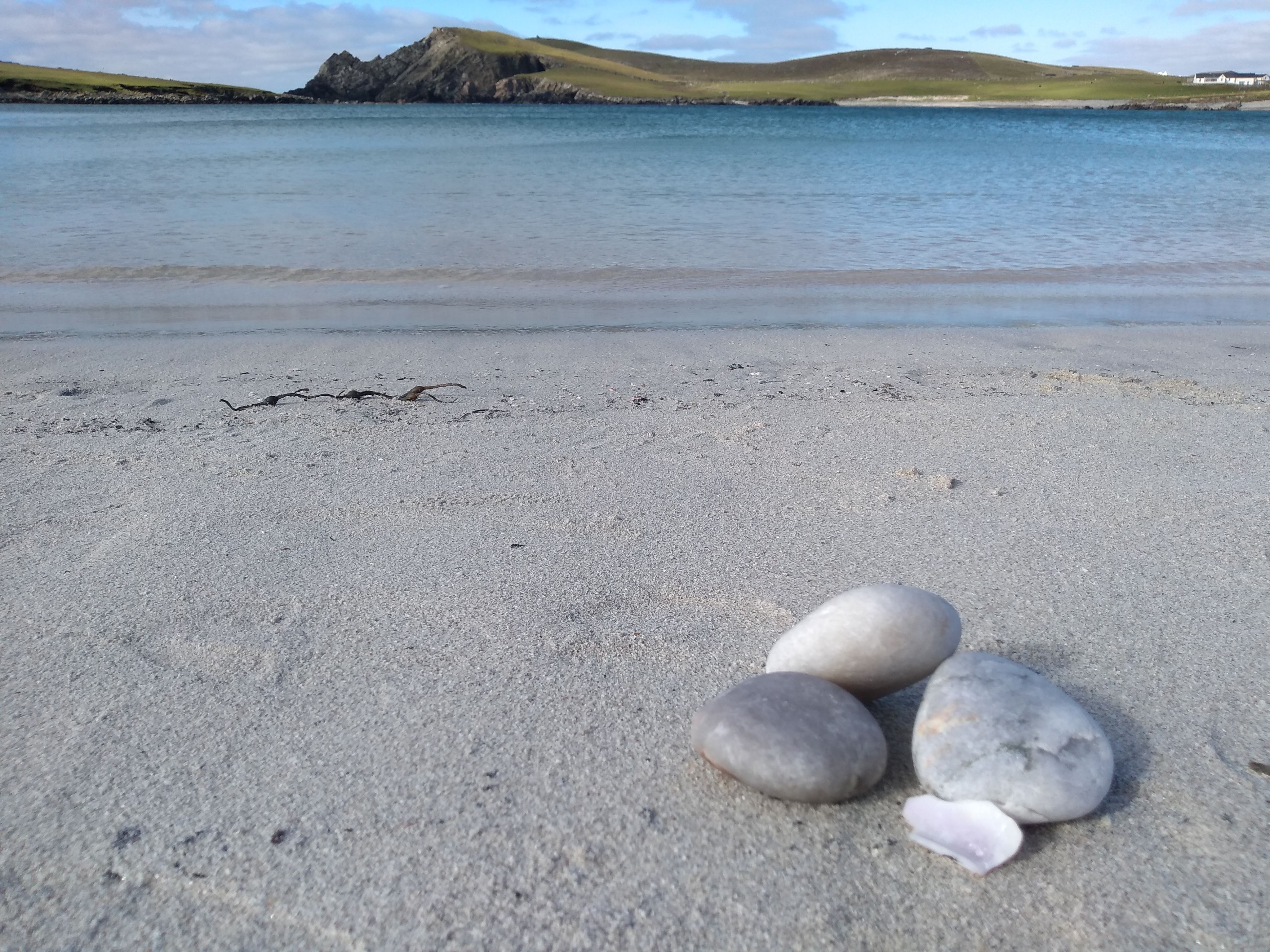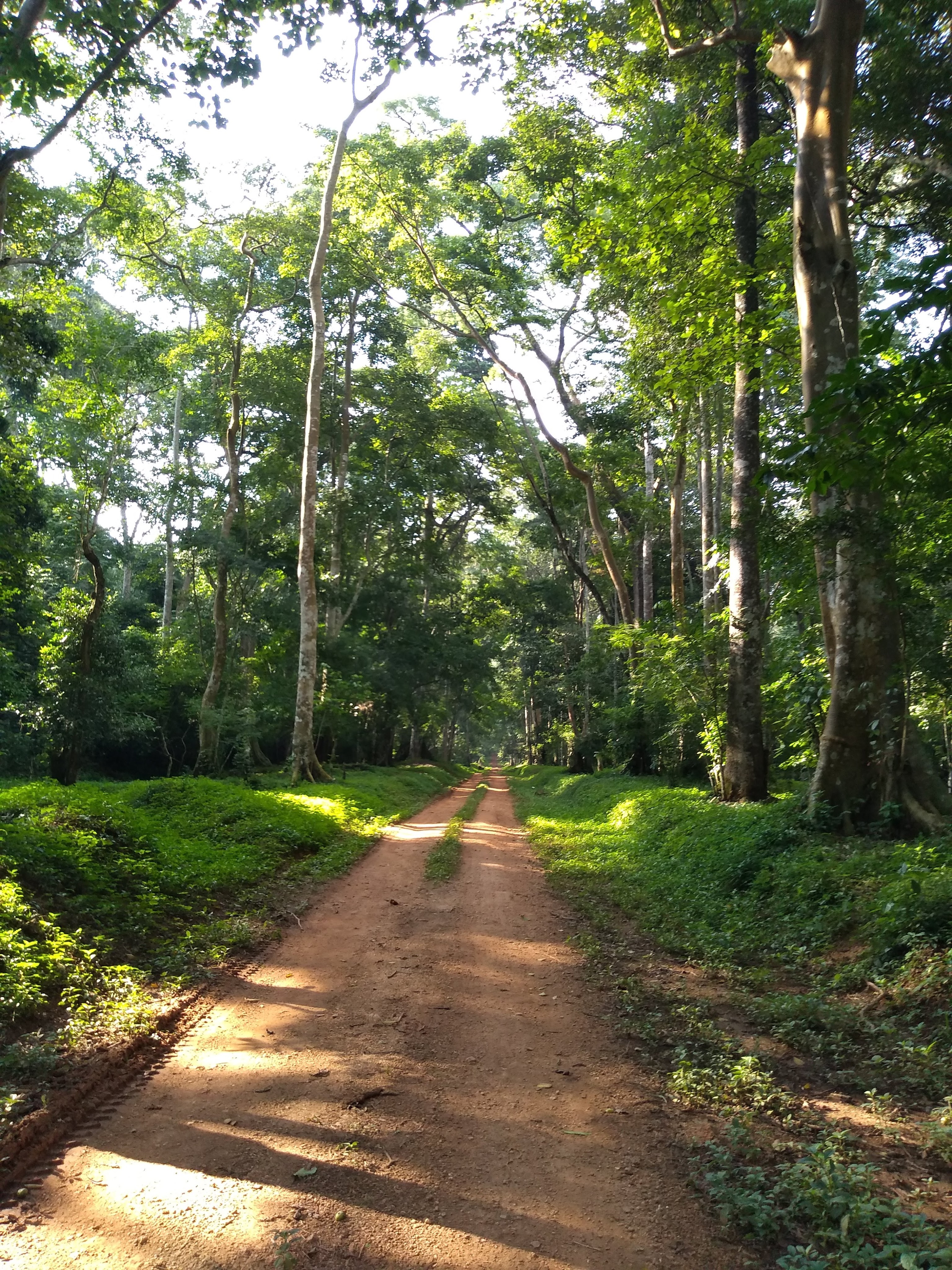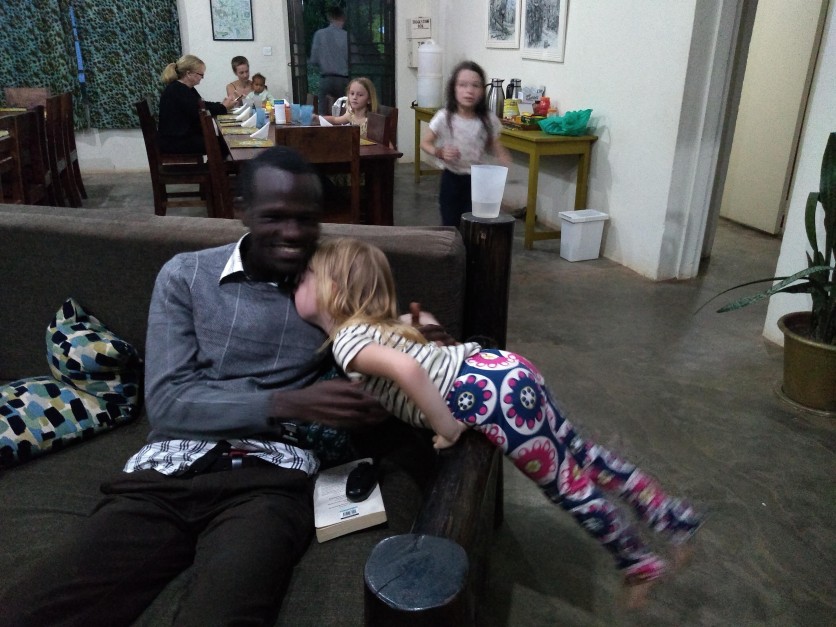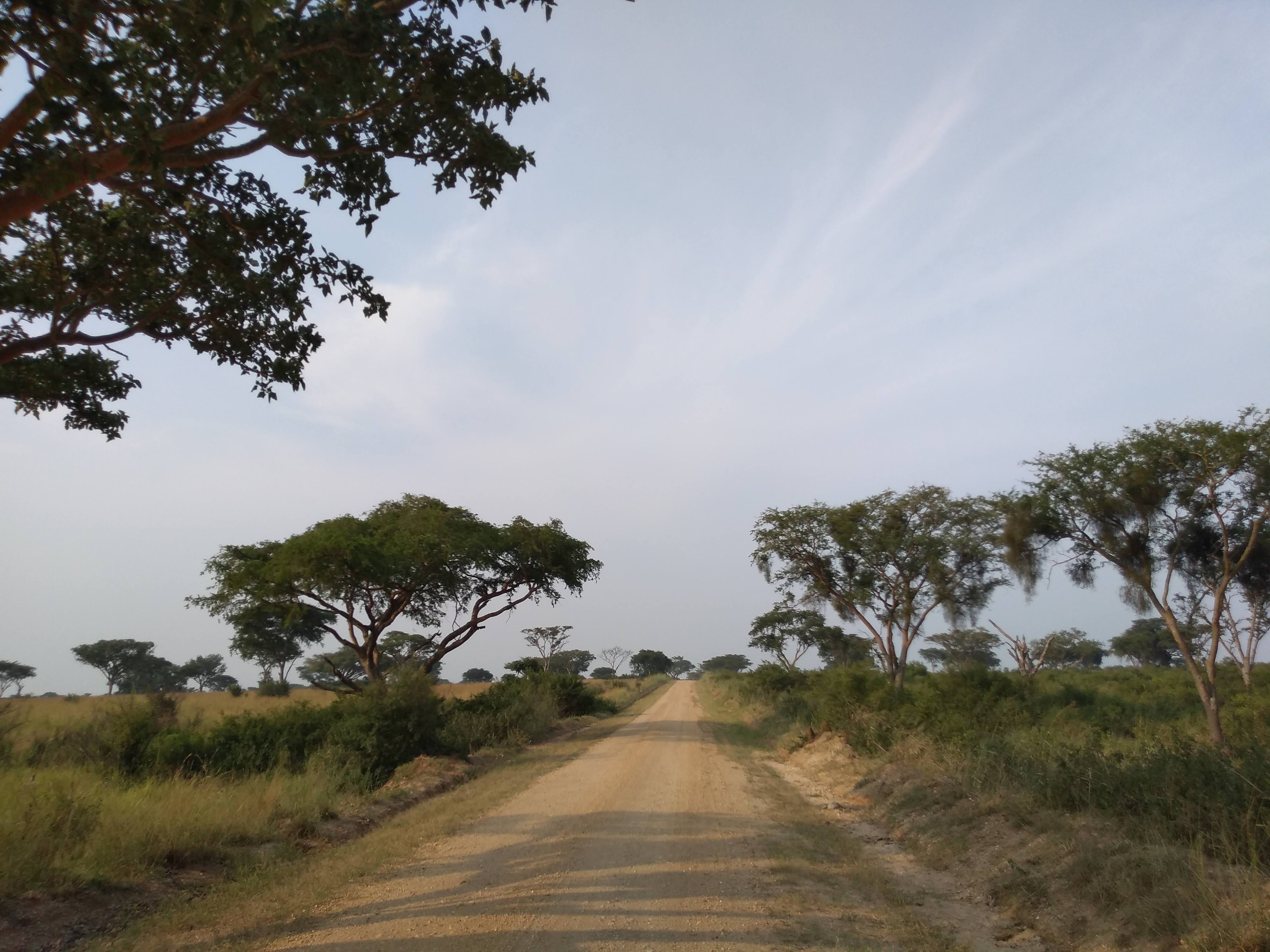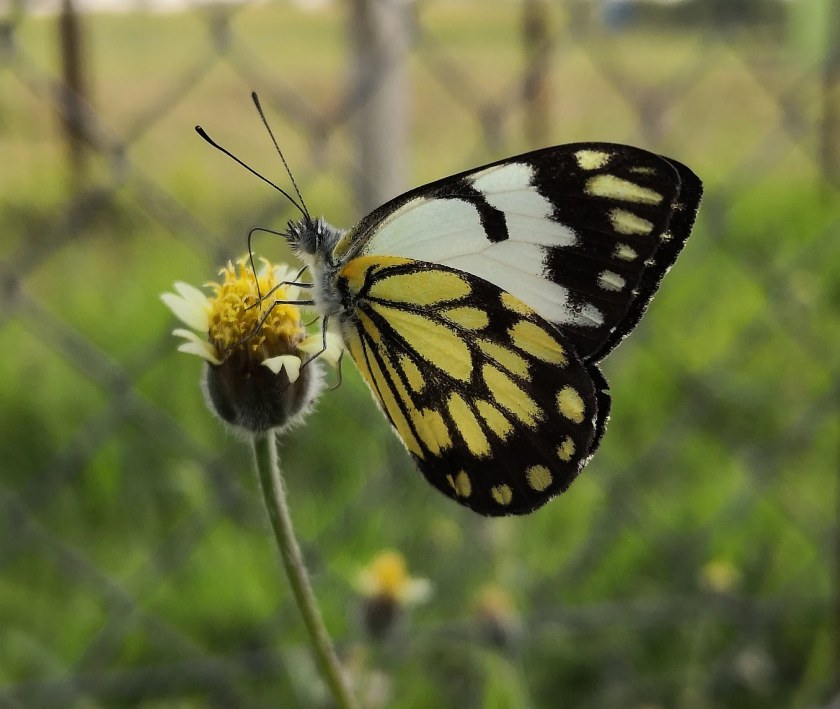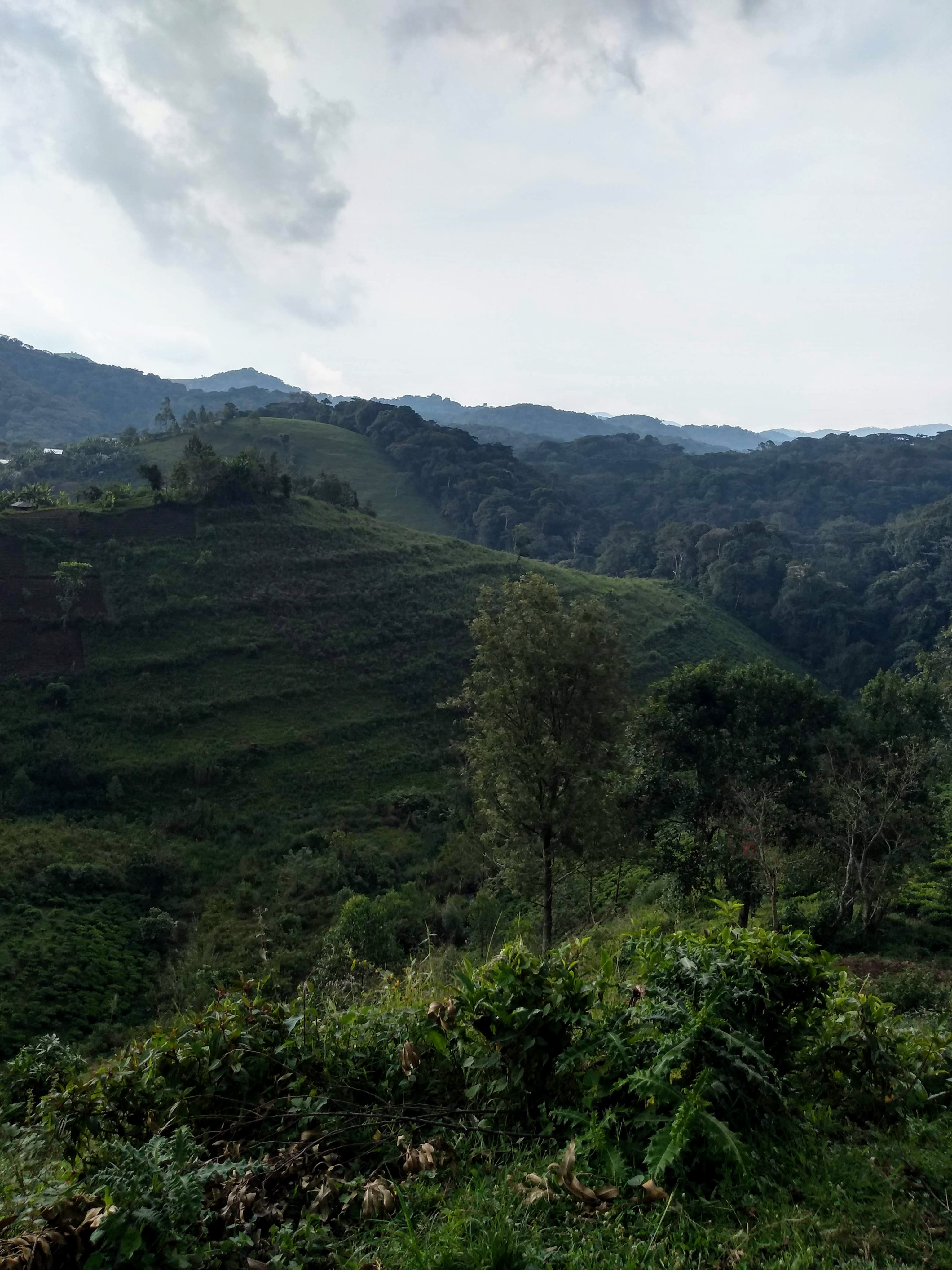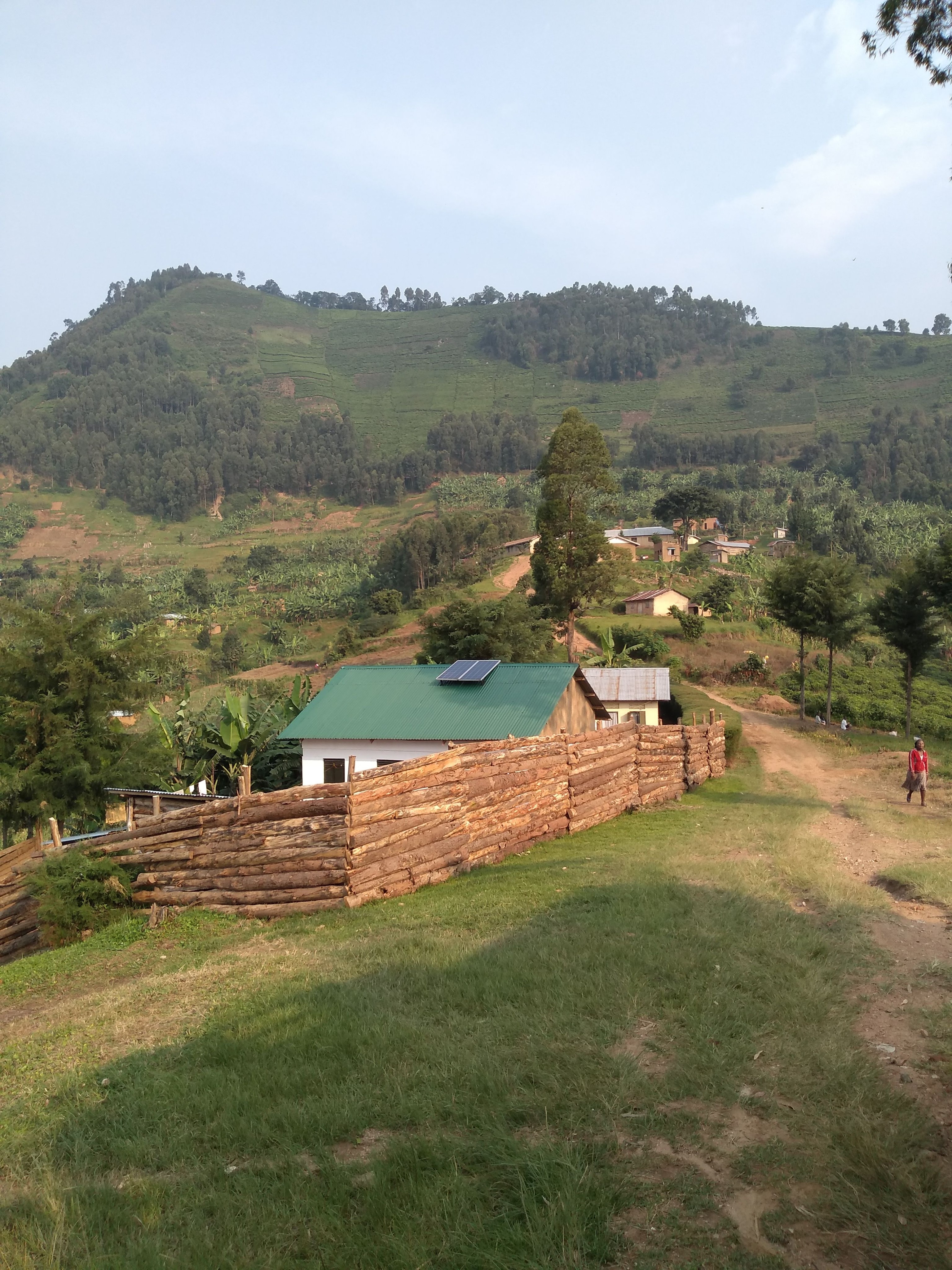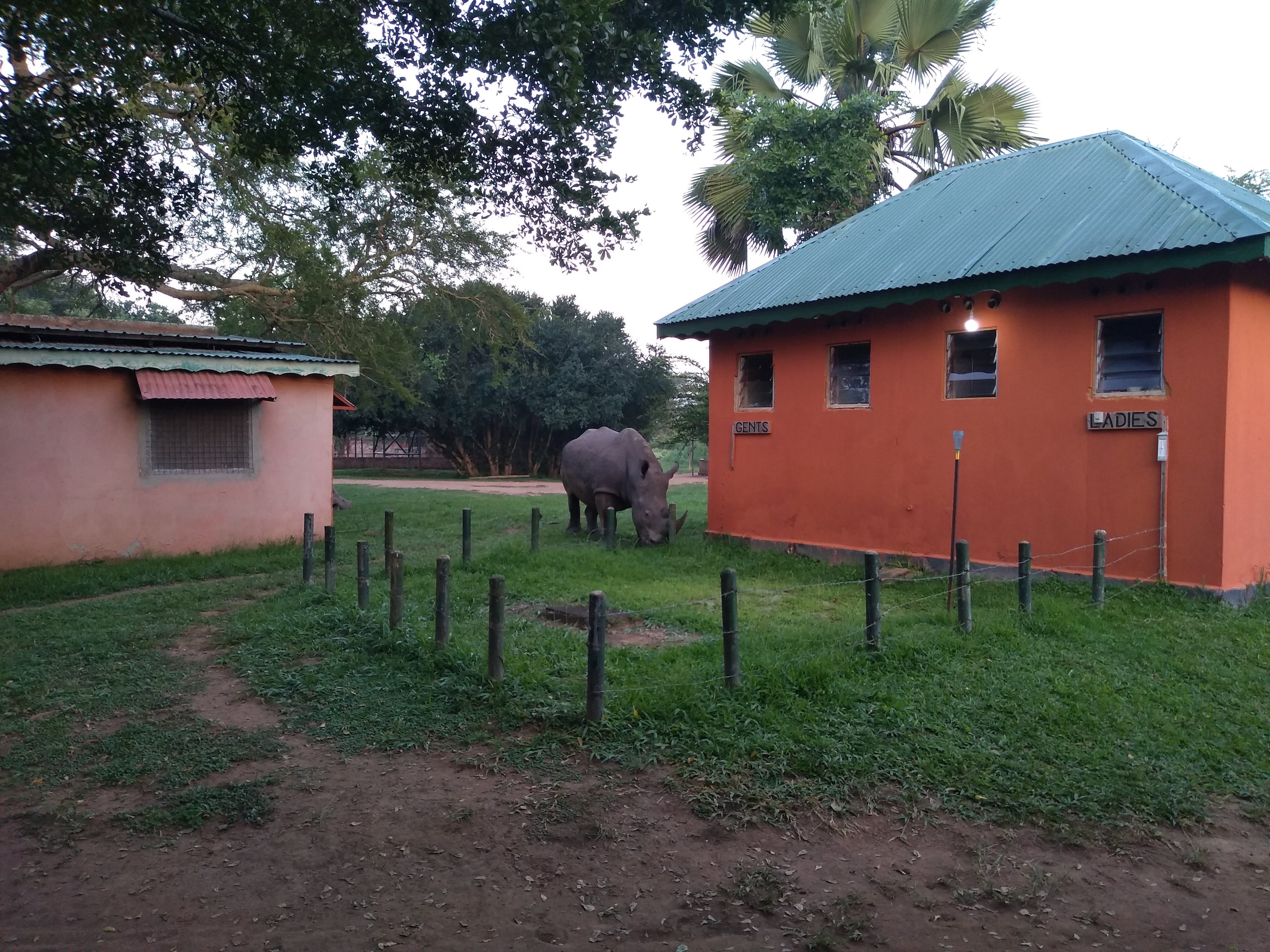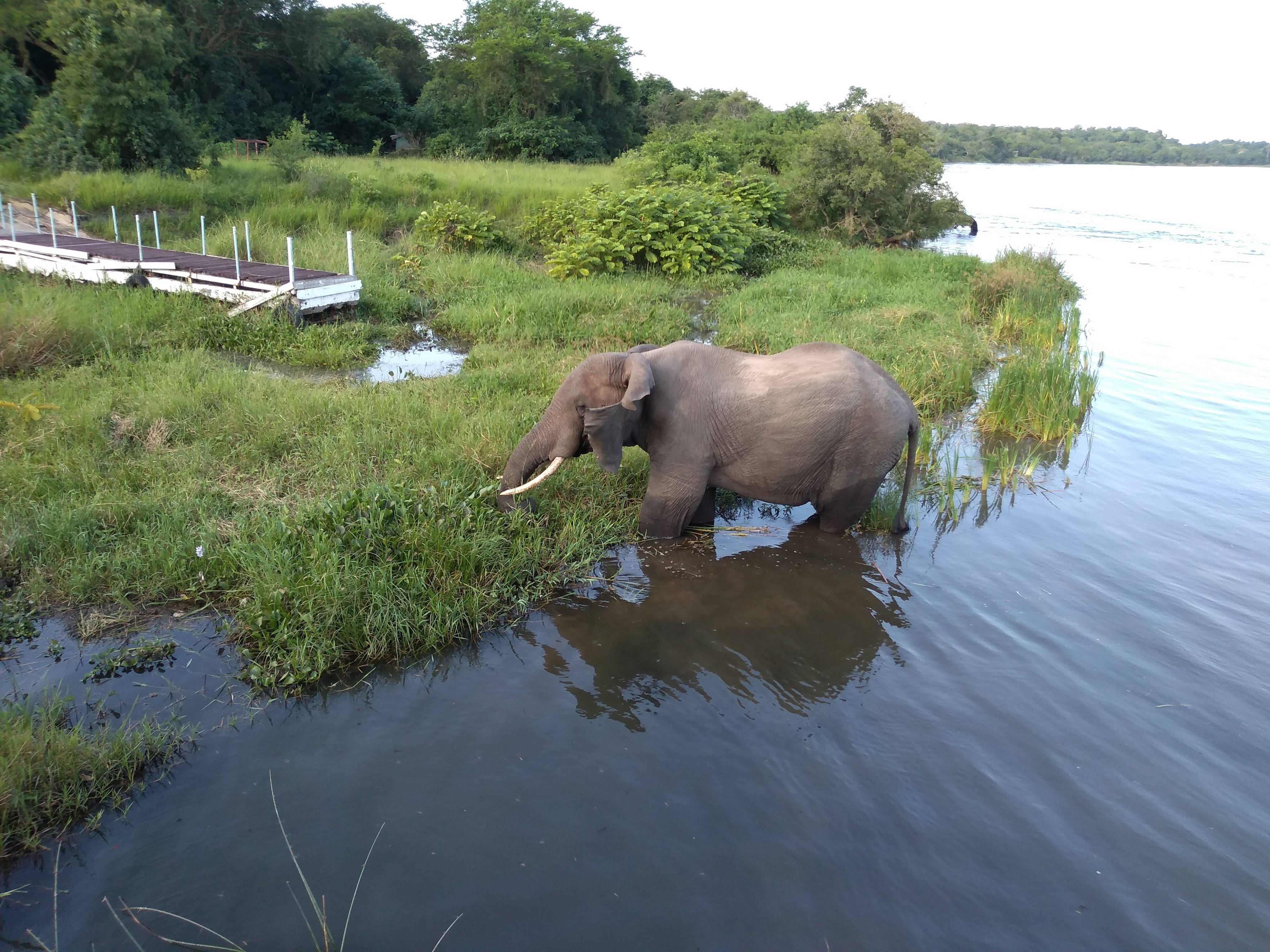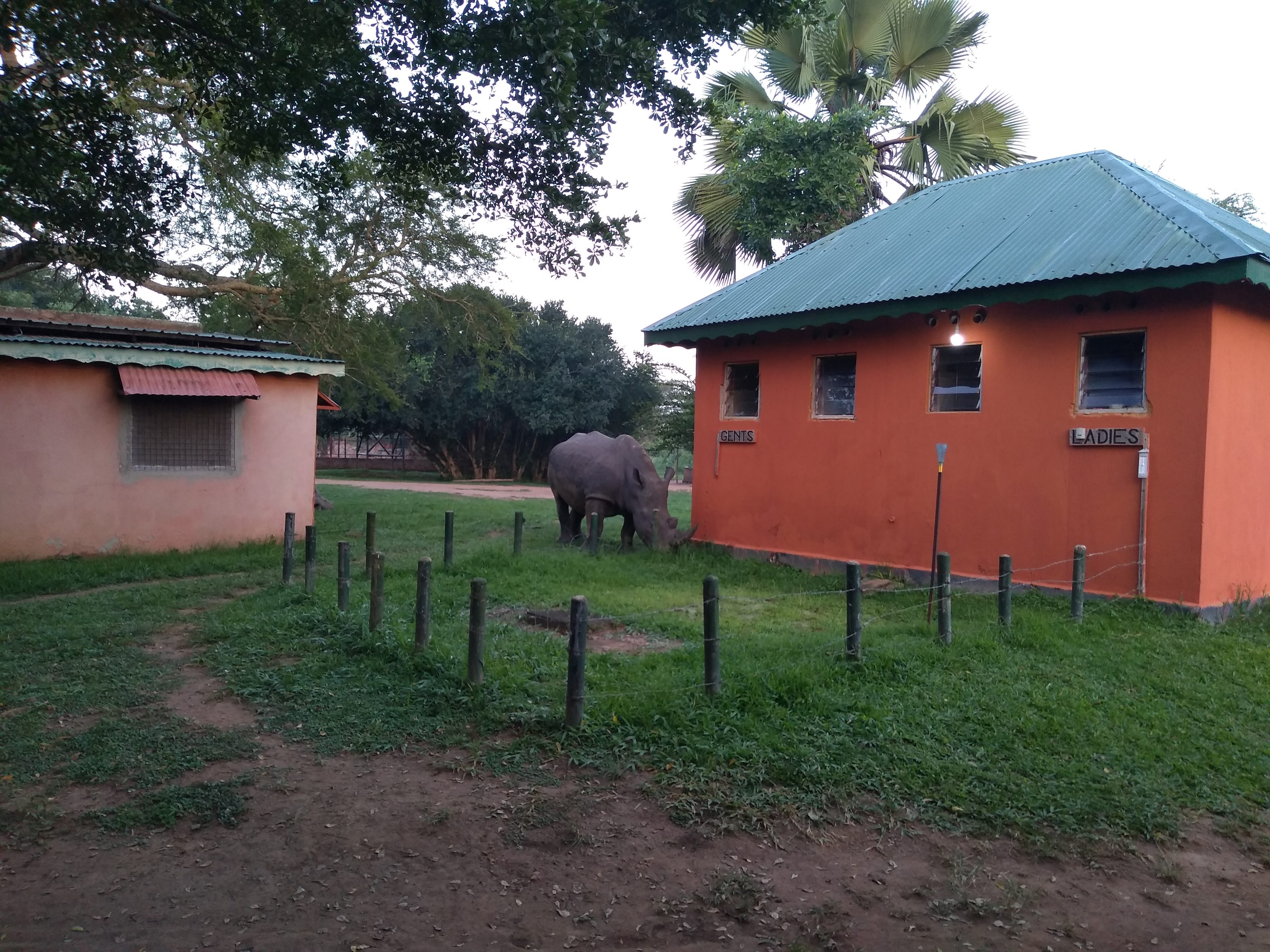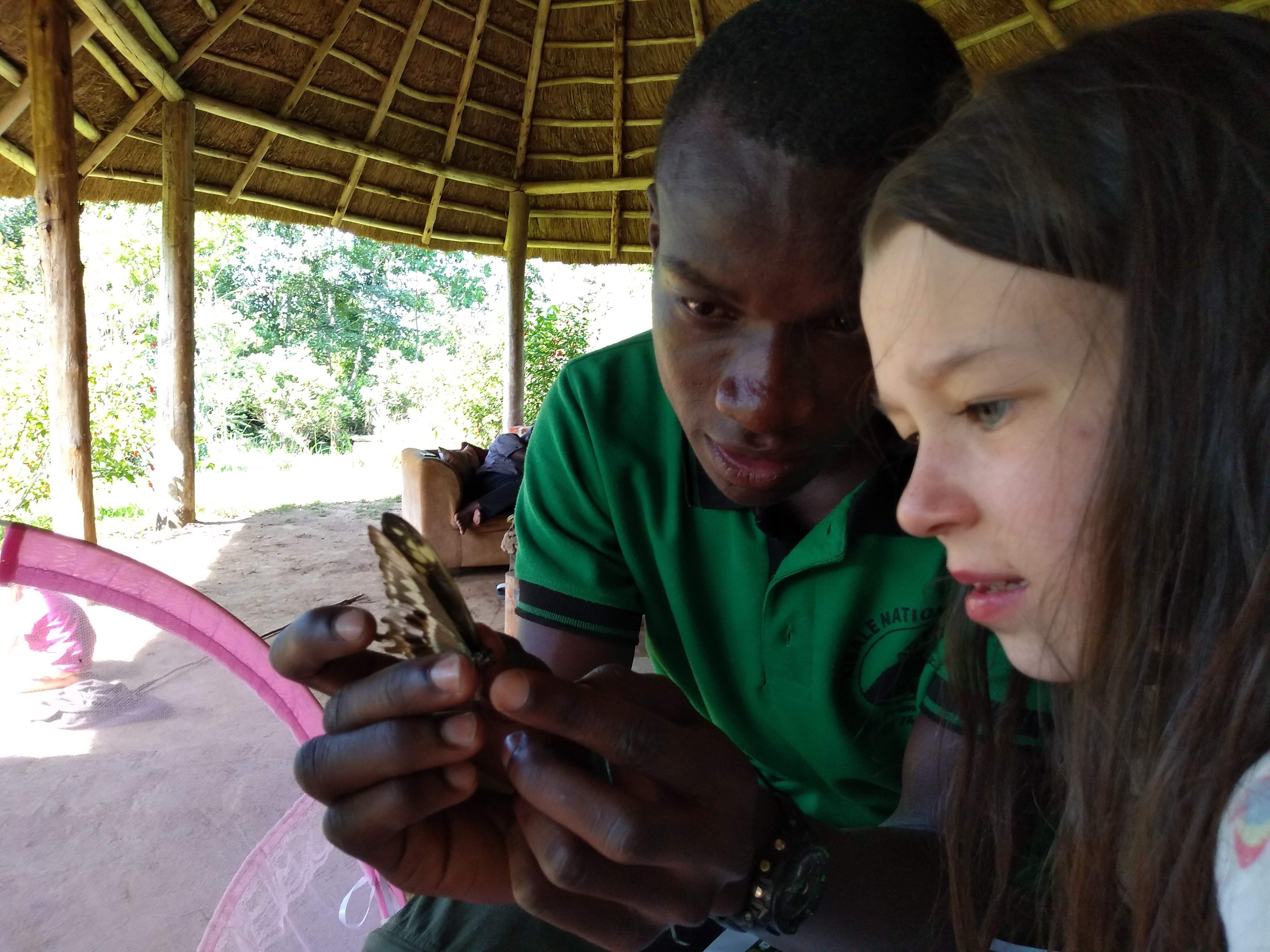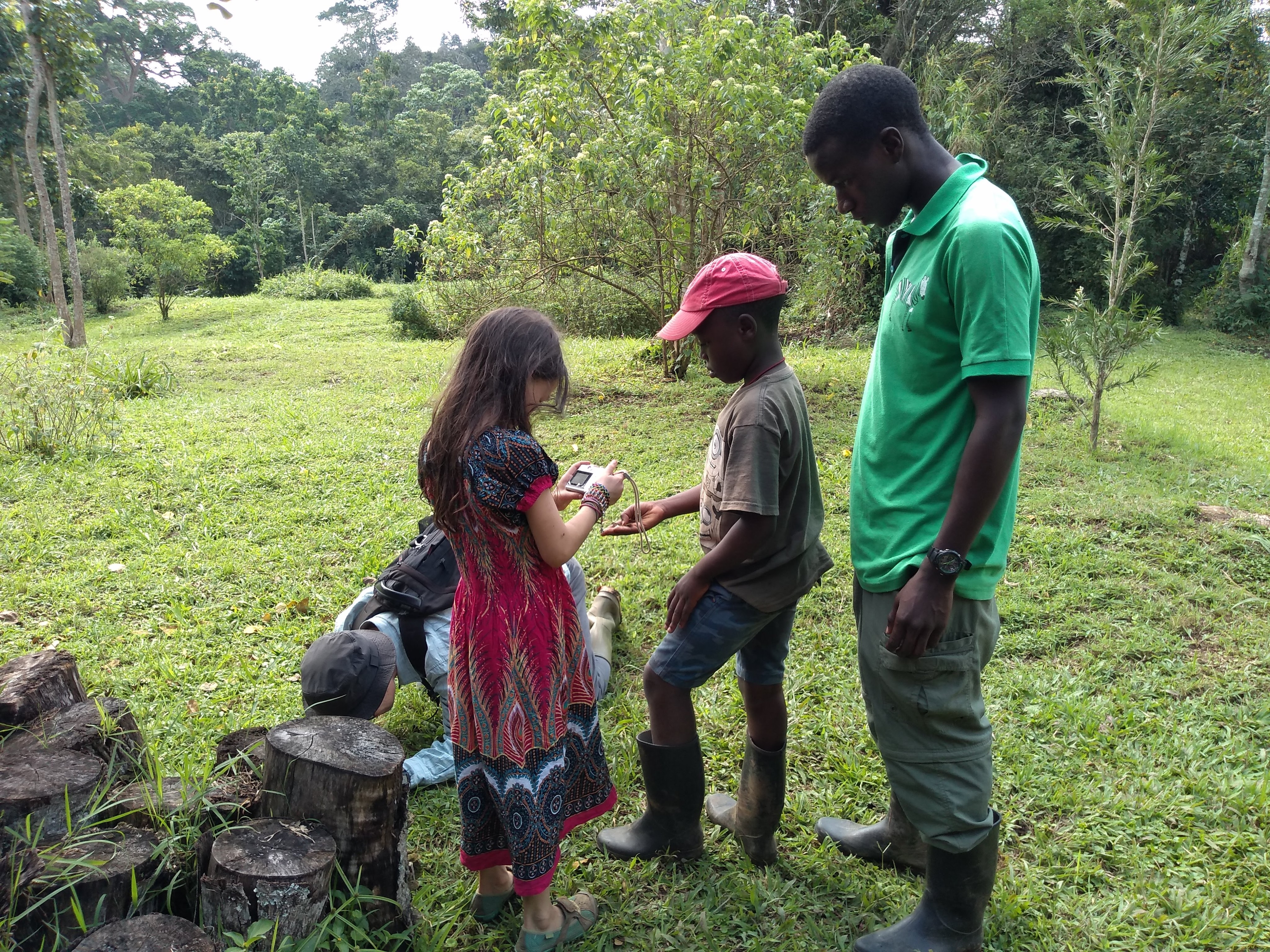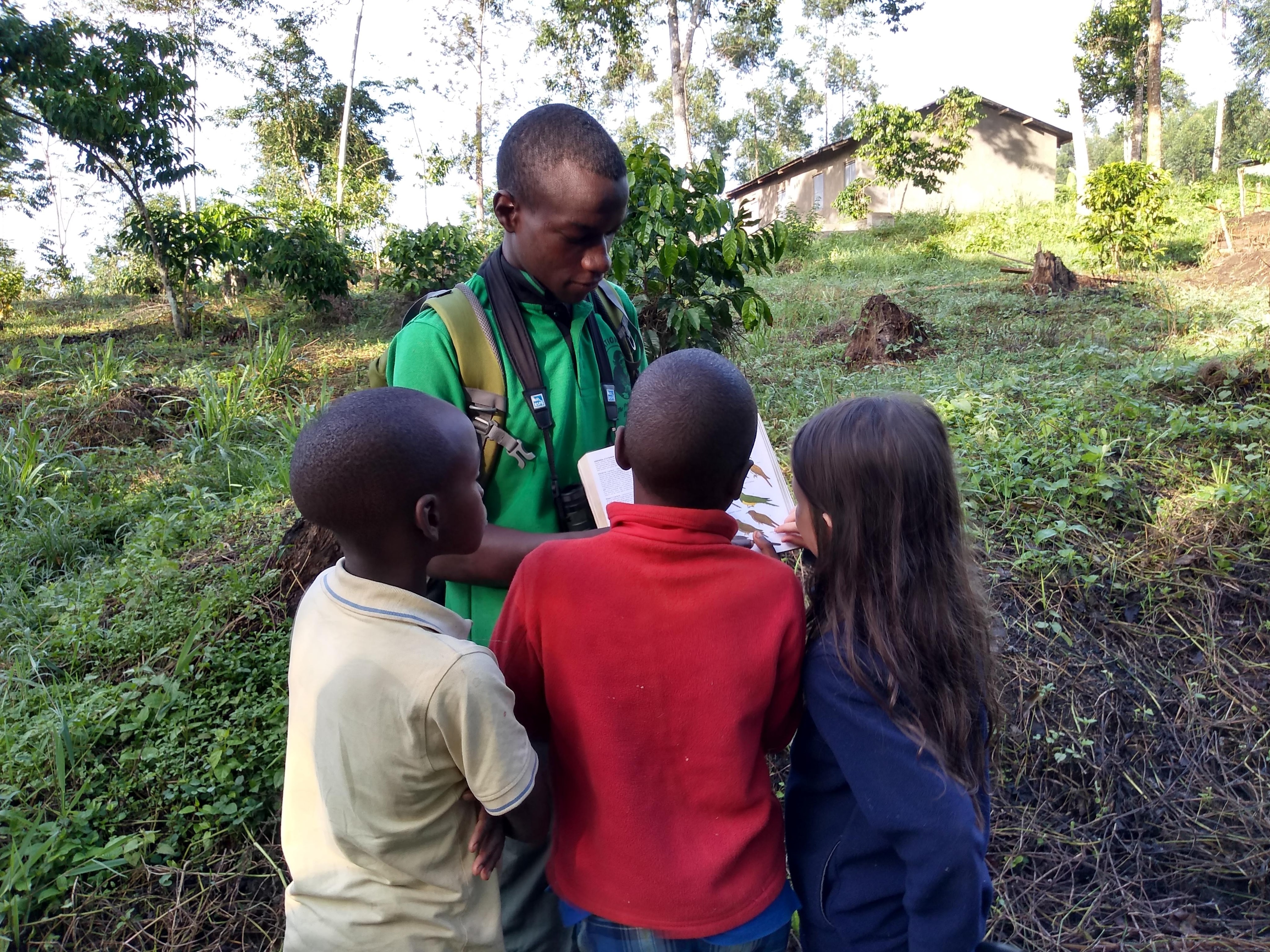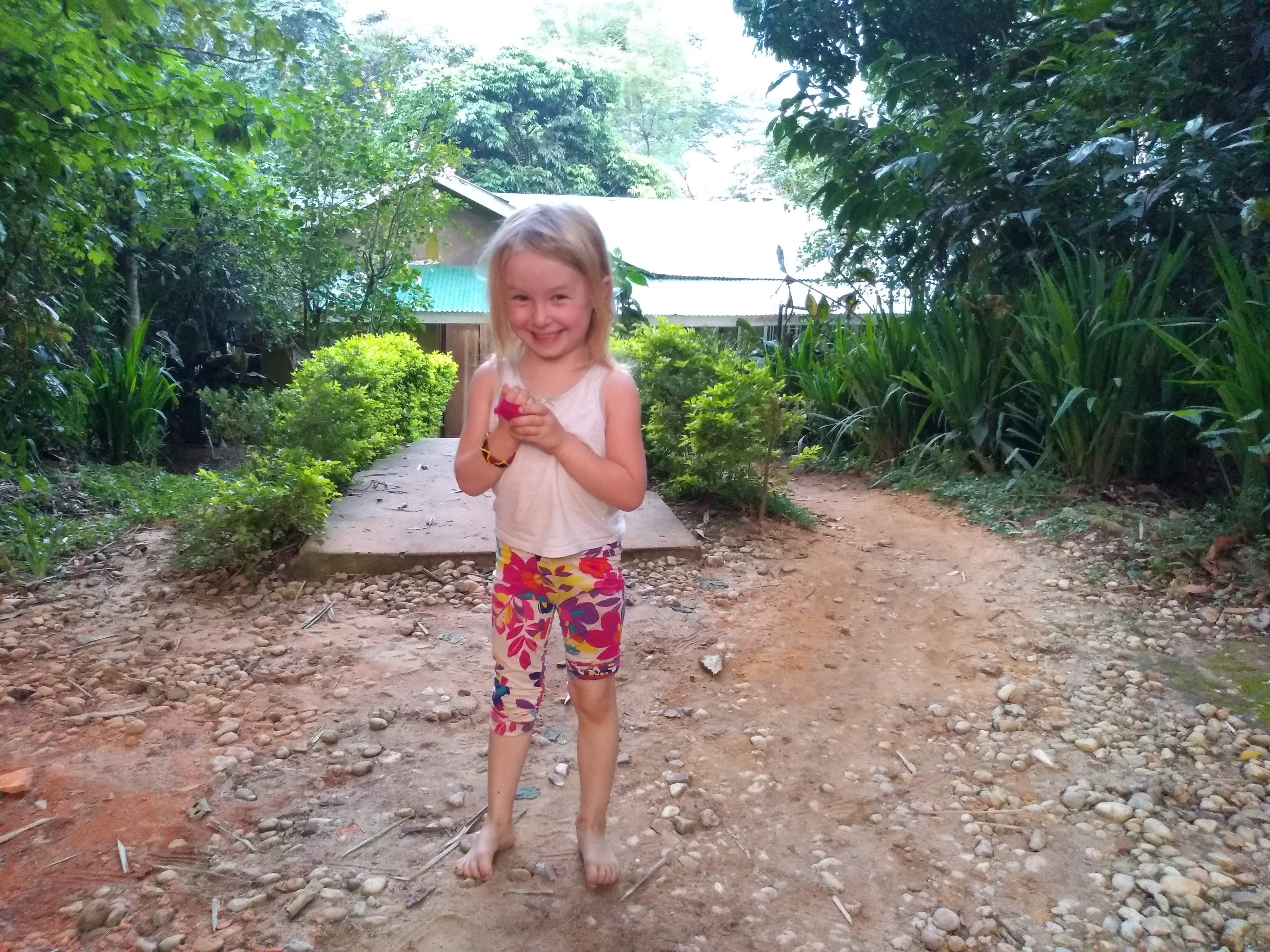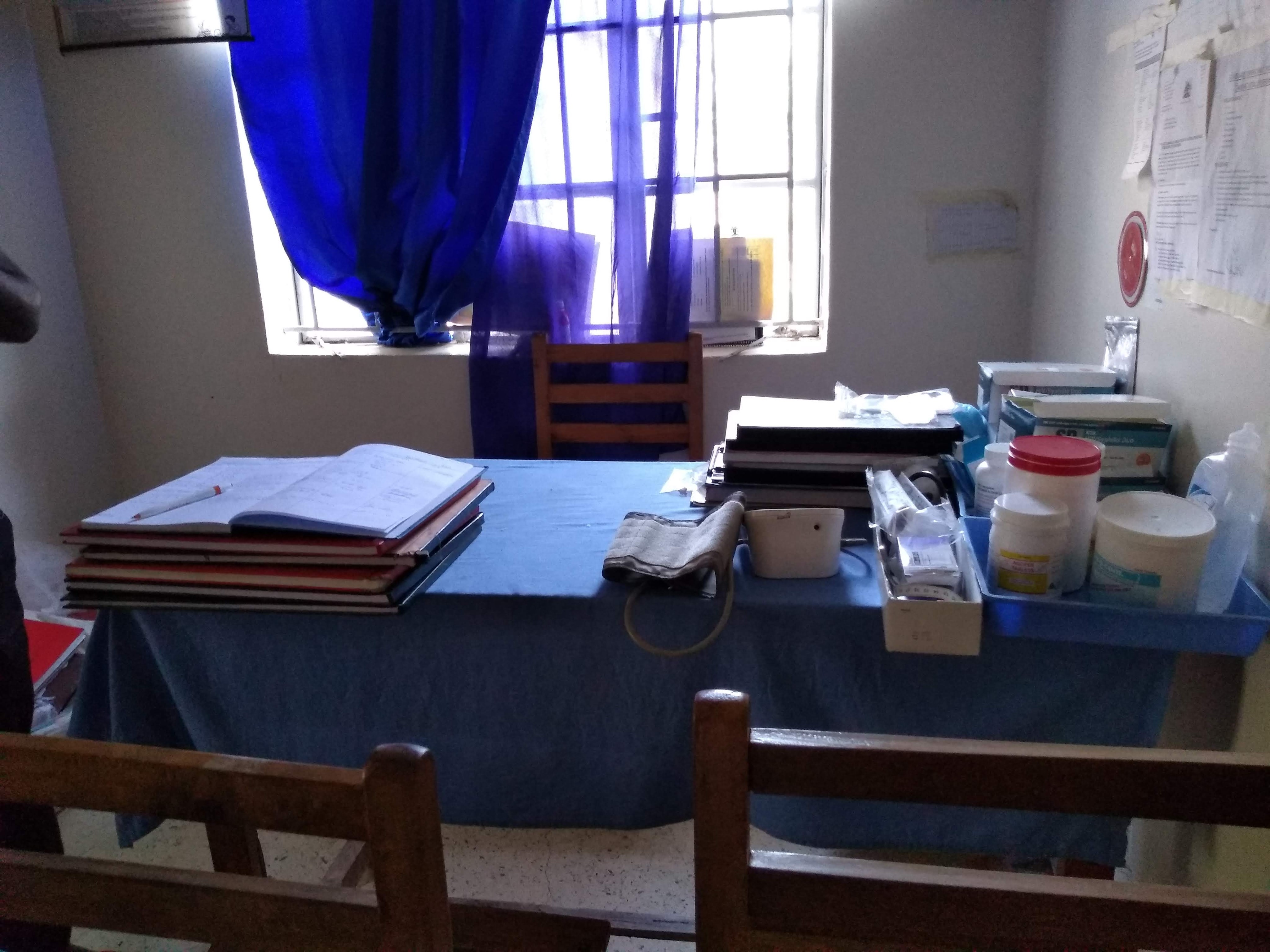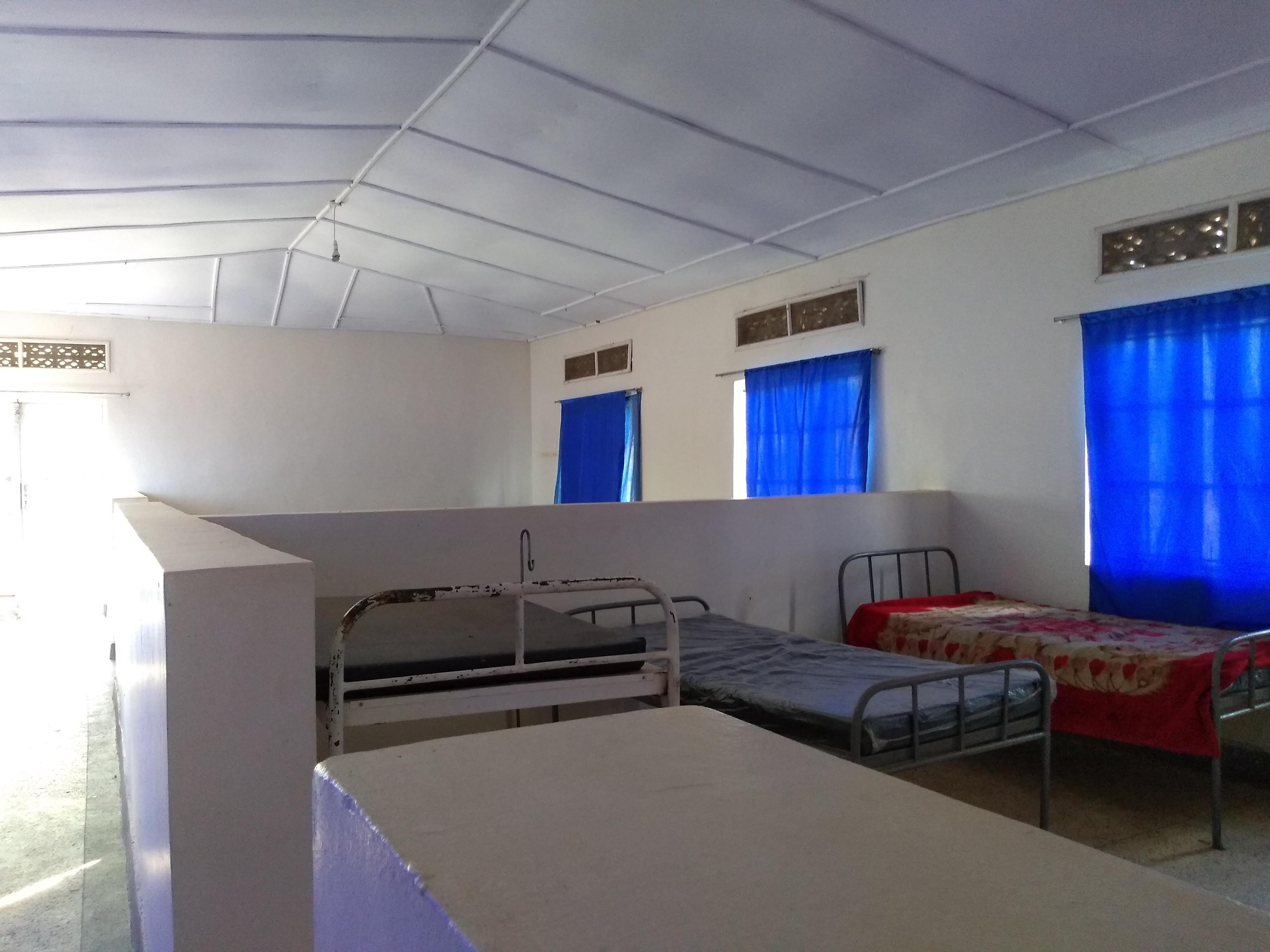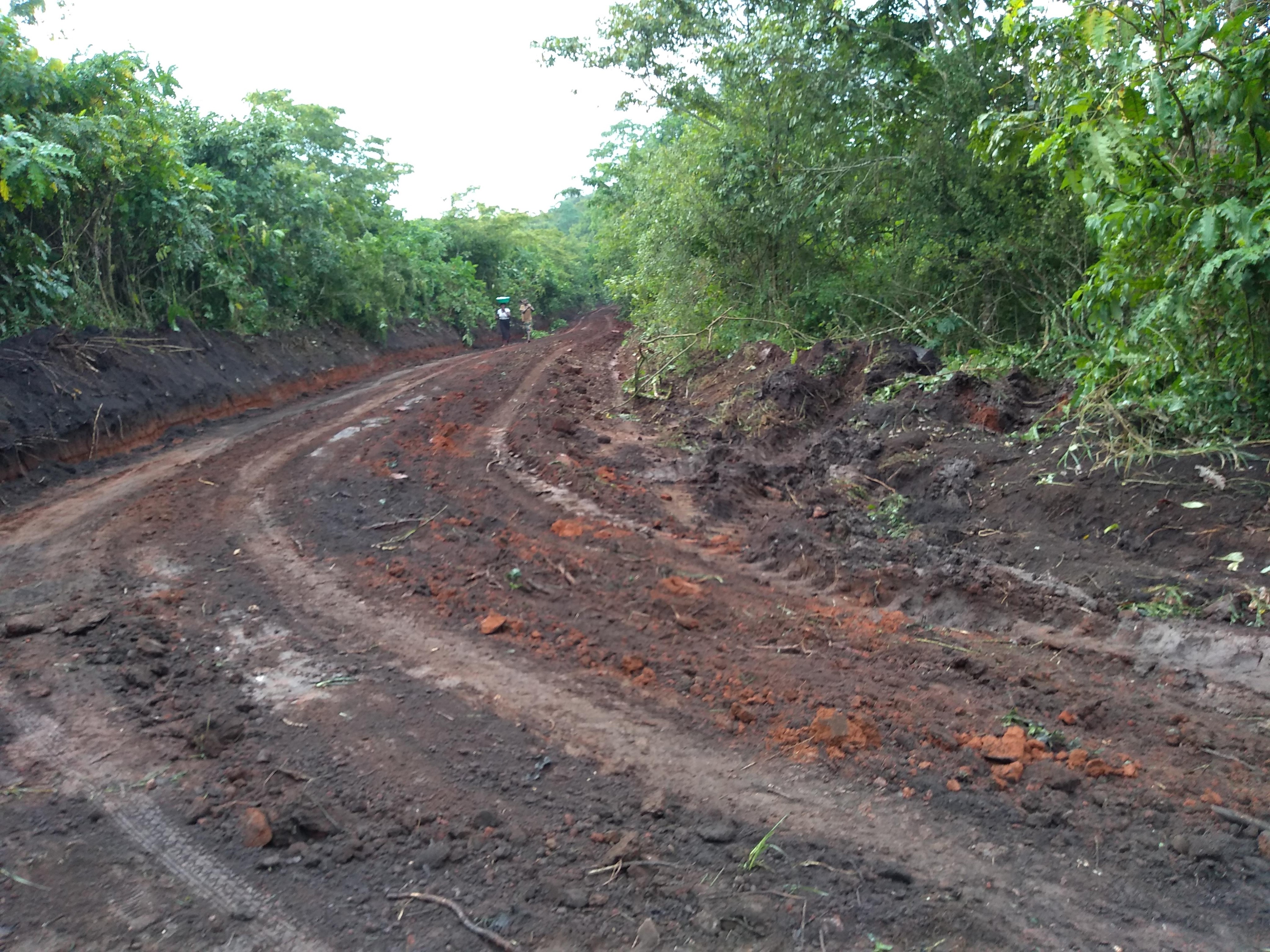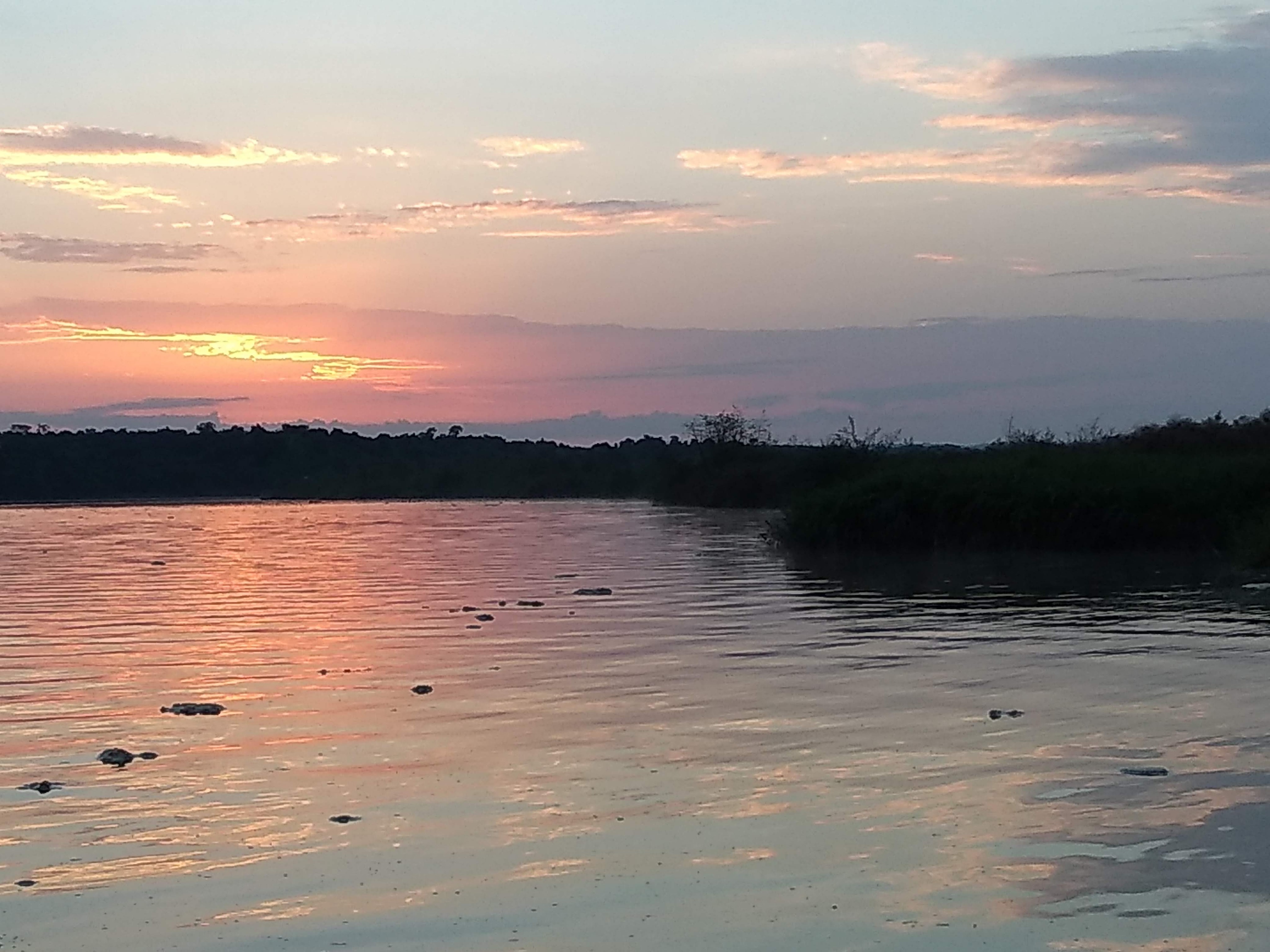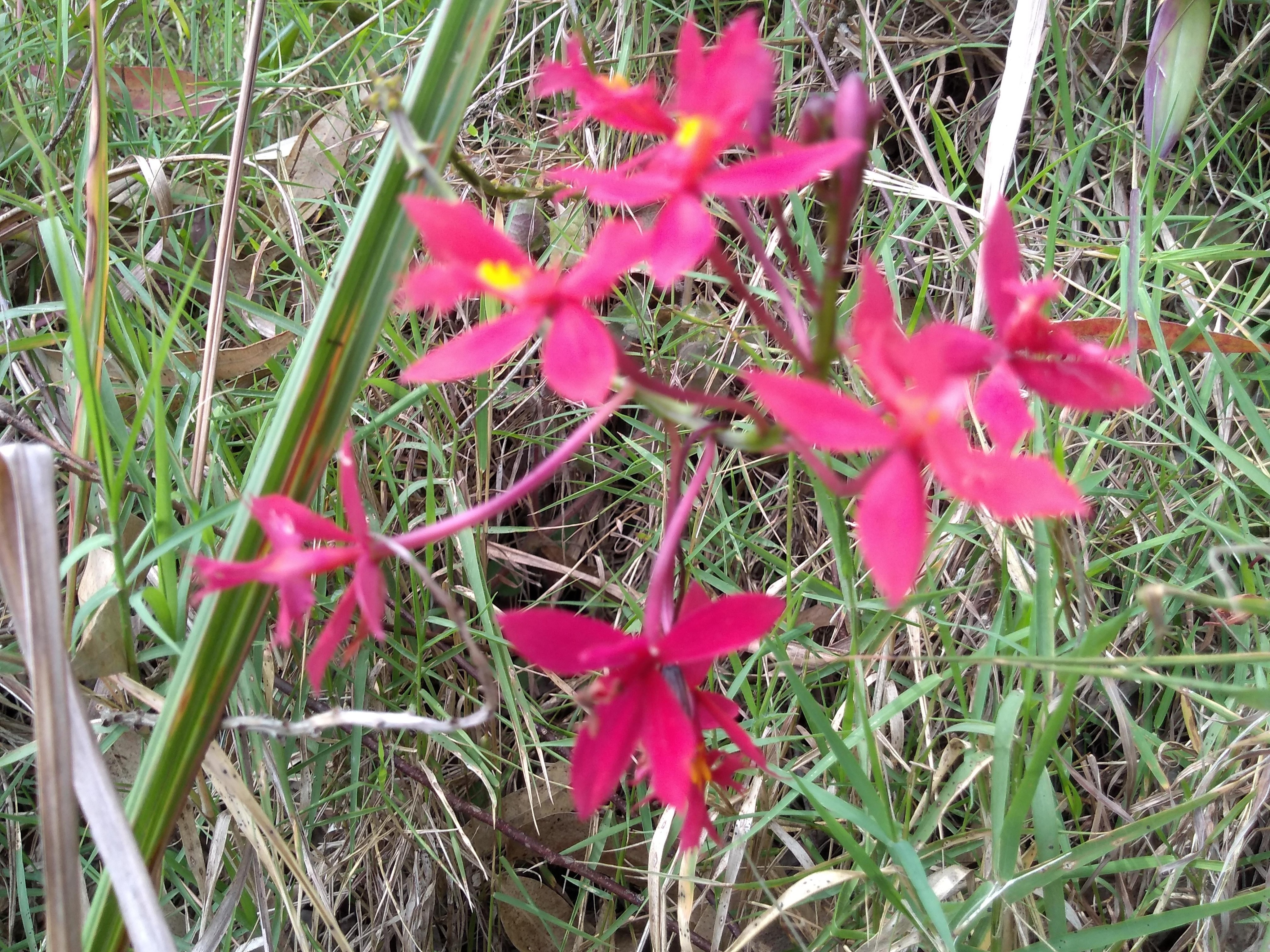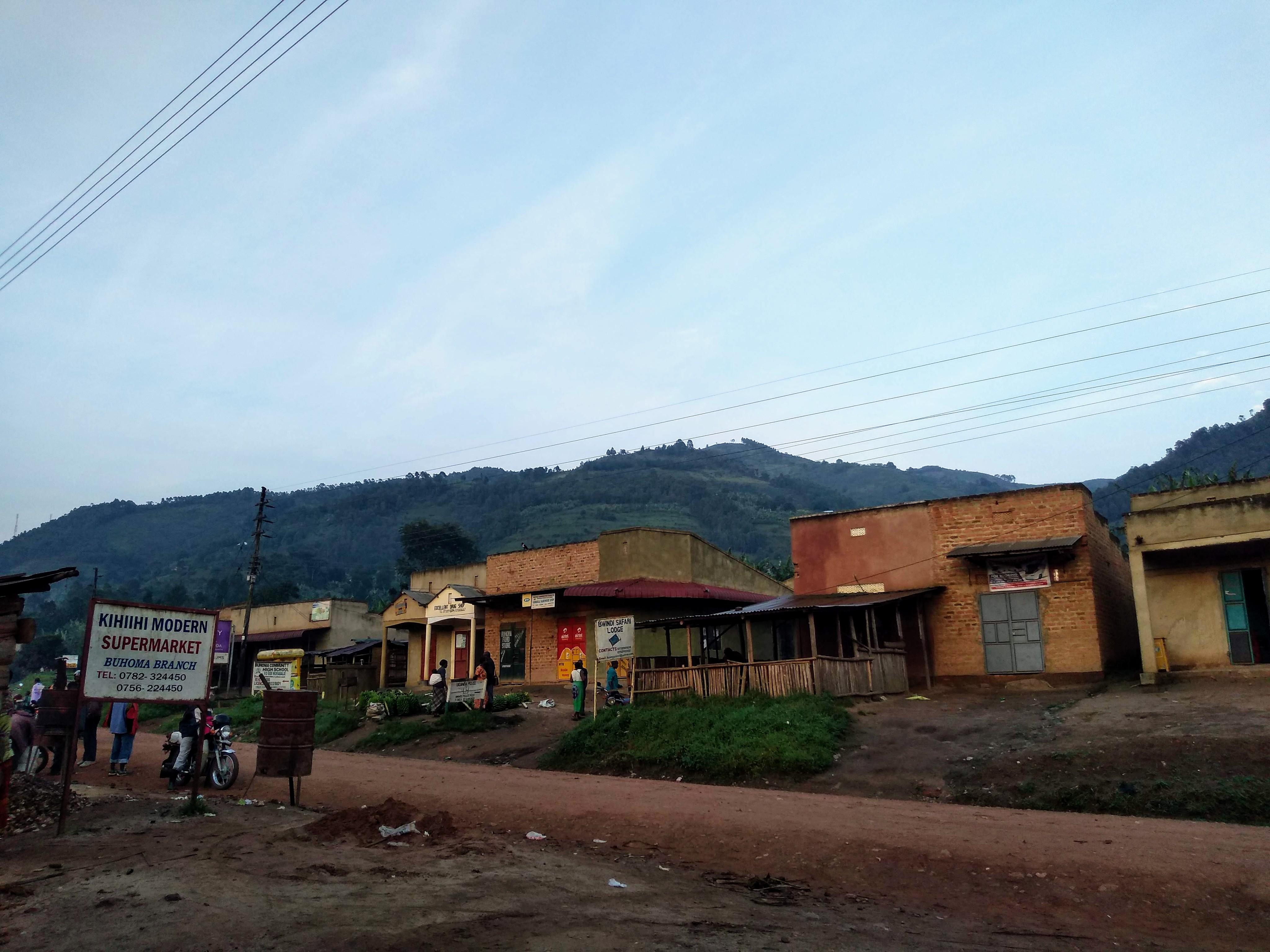A year ago to the day, I set myself a series of questions as I wrote the first post of this blog. We were about to set out for Uganda, and I wondered how it would be.
Now we are back in the UK, and though not yet ‘’home’’, I think the time has come to look back at what I asked myself, and to see if I have any answers.
It has taken me a while to feel I can even do this. I had many days when I first arrived back when I couldn’t talk about our life in Uganda. That would mean using the past tense, and I really couldn’t bear the thought. Now, after a couple of weeks of being buffeted by the wind and rain in the north of Scotland, I’ve finally dared to turn on Radio 4, to go to the Co-Op supermarket, to engage with what is around me and to admit that there are things I like about being here.
So, what do I say in answer to myself of a year ago?
How can a GP like me, settled into the ways of primary care in the UK, make any sort of meaningful contribution in a setting so unfamiliar to me, when I will be there for such a short time?
Making a meaningful contribution really means making relationships because relationships provide the soil in which good work can grow. If that makes it sound like relationships are a means to an end, that isn’t it at all. In Uganda, relationships underpin everything. You don’t start a conversation without a greeting, and meaningful enquiries about how people’s family members are. Whilst work is important, social ties are even more important – attending funerals, preparing for weddings, sharing food with people – and these are threaded in and out of work. These events bind people together. My Ugandan colleagues – soon to become friends- were keen from the start to build those relationships of trust and collaboration. They were open and welcoming and warm. Having the family with me, particularly the girls, provided a social glue that cemented those relationships as the girls became the general property of the hospital team. We were invited to share in the life events of our neighbours/colleagues/friends and so we were also woven into the fabric of the hospital community. I was fortunate enough to have my predecessor, Zish, present in Uganda when we arrived. He helped us to feel that our presence was part of a continuing presence, an embodiment of a partnership between the hospital and the RCGP which preceded us and would continue after us – another thread -and he helped us think about how we might valuably contribute.

Have I made a ‘’meaningful contribution?’’ In terms of work – there were different ways of contributing. Part of my role was to work as a doctor (a Medical Officer) and part of my time was to be spent doing ‘Quality Improvement’ work for the hospital. At the start, I envisaged these activities to be quite separate, with time on the wards being about patient care, and quality improvement time being spent in front of a computer or in an office. In fact there was far less distinction in reality, and most of my time was spent meeting the needs of patients.
For the ‘’meaningful contribution’’ of my quality improvement, let’s wait and see what of the projects in which I was involved will be sustained. I tried to build my QI work on projects already initiated by the hospital, or on issues seen by the hospital as priorities. I tried to make sure that what I did was guided by my Ugandan colleagues, so that the result was a formulation or a distillation of a collective understanding rather than something being imposed from outside. Nonetheless, things move slowly, and I see that my aspirations at the outset were rather too ambitious. I had in mind for example to tackle child protection issues, including training, community training, procedures and more. In the end, I managed to help the hospital team to review its child protection policy and procedures, and to update its policy to reflect best practice. We worked together to share this policy across the hospital team, and with the relevant district officials. I also helped develop some electronic training resources for all staff to ensure that everyone in the institution had (or rather has) a baseline understanding of child protection issues and an awareness of their role and responsibilities in regards to safeguarding children. That was plenty to get through in the limited protected time I had! I also did work on care for chronic disease, and in providing youth friendly services.

Possibly more /equally useful as quality improvement was something less tangible than a quality improvement project per se, but more bound up in the clinician part of my role. It was being there on the ward, sitting with nursing staff to help them define audit questions and write quality improvement journals, teaching student nurses on ward rounds, supporting clinical officers as they clerked patients, helping the nurses to understand why doctors made clinical decisions this way, or that way. It was about having less pressure to get through an overwhelming case load than my Ugandan colleagues, so that I had more time to share the thinking with my nursing colleagues, and to share by example. Being present as a member of the team, being willing to get stuck in rather than being aloof. Well, that’s what I tried to do. And that, of course, is back to what I have already said, about the importance of being a human and making human connections.
Being there for too short a time?…. certainly. After almost a year (actually more like 9 1/2 months after the comings and goings), we felt that we were just reaching a place of mutual trust and understanding to be able to engage with change and with processes, to see opportunities and to understand constraints and in that way, to be able to start to do work with impact. We were not there for long enough …..
After 15 years in General Practice, will I still be able to deal with people who are seriously unwell? Will I be of any use putting in a cannula, setting up a drip, putting in a chest drain, doing a lumbar puncture? I did all these things when I was younger, but will I remember how? Will my fingers remember the technical stuff? Will my presence on the ward be useful?
Can I still look after people who are seriously unwell? Yes, I suppose that I shouldn’t have doubted that. The skills of decision making that I use as a doctor every day are so deeply embedded that I know how to assess and to deal with a very sick patient even if I haven’t done it in a hospital setting for years. Can I still do the hands on stuff that isn’t part of general practice, like putting in a cannula, setting up a drip and putting in a chest drain? Yes I can, and I made sure I did, but far less often than I had anticipated. The nurses in the hospital are so skilful in technical aspects of care and they saw many of these tasks as their responsibility, whereas these would lie with a doctor in the UK. These skills are second nature to them, so more often than not, they helped me out when I was at the limit of my rusty technical abilities. They could see the gaps I had, and helped me round them. (‘’Doctor, might you just want to have this size needle..? ’’) I owe them a good deal! I think my presence helped them in turn. For the time I was there, the ward had a ‘permanent’ doctor, so that there could be continuity of care, and focus on the patients and on the work of the ward team. In a country so short of doctors, such attention is a luxury.
For half of the time I was at the hospital, we were only three medical officers. My Ugandan colleagues were only five and two years qualified, respectively, and yet they had full responsibility for the provision of clinical services 24 hours a day, 365 days a year. This meant being on call night after night, getting up for caesarean after caesarean, intubating sick neonates, operating on ruptured appendices and fixing broken limbs. They were outstanding, and had technical skills far exceeding mine, born of the necessity of the role they found themselves in. There was no way I could keep up with them, and often I felt guilty about being unable to share the workload they were carrying. But in the end, that wasn’t my job. I was glad to find I could still do the work of an acute hospital doctor when I needed to, but my role was a different one. I played a different part in the service delivery to them.
Do I have the stamina to see people die so frequently and in ways that would be unthinkable back in the UK? How will I respond?
I saw lots of death. Death was so much understated in some ways. It wasn’t some exceptional it-should-never-have-happened kind of event as it can be in the UK. It was public, it was a very present fact of everyone’s every day life. So much so that at morning prayer, the starting prayer would often be a prayer of thanks that we were still alive after the night. Being alive was not something to be taken for granted. Death on the ward had a social and spiritual dimension as well as a biological one. Families wailed, people gathered, prayers were said. That seemed wholesome.
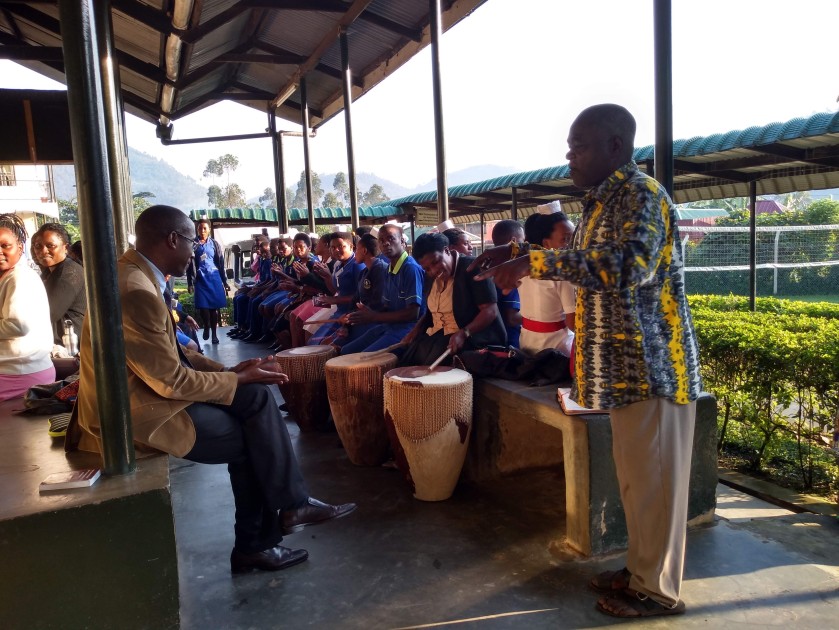
It wasn’t the death that got me down, so much as the dying. I have several patients whose faces are vivid to me as they lie in the ward, often in the full knowledge that their lifespan can be counted in days, with wounds that won’t heal because the cancer is too advanced, whose frail bodies are like coat-hangers, whose eyes are staring out from deep sockets. What are they thinking as they anticipate their death? I wish I had the language to ask and to try and understand.
How can I understand what will be useful for the services in terms of quality improvement, and find a way to make a difference?
I hadn’t appreciated just how much structure the hospital had in its planning for quality improvement. I should have known. After all, to go from a clinic under a tree to a hospital with a fully staffed operating theatre, maternity service and neonatal service in sixteen years doesn’t happen by happen-stance, it happens with some very good strategic thinking and very good planning about improving quality. There is a planning cycle that is more elaborate than anything I have seen in the UK. There is a hospital strategic plan, departmental plans, five year plans, annual work-plans, and activities are checked against these plans every quarter. I was fortunate enough to participate in the strategic planning in action, and was struck by how collaborative and open the process was. Every member of staff could see how the budget might be spent, and could contribute ideas and have a say, until, by a process of sifting, a five-year plan was evolved. Good quality improvement initiatives spring directly from these processes.
As to how to get things done? I still am not entirely sure. Relationships are key (see above), but they are not the whole story. Even through my rose-tinted retro-spectacles, I can still see myself standing in the stairwell in perplexed frustration about what I need to do to make something happen that really NEEDS to happen (or at least, NEEDS to happen in my opinion!) I don’t think I have a clear answer. I think this is, and will remain, a conundrum for all but the most patient and most embedded of expatriates working in this setting.
Will I be able to spend the time with my family that we will all need? After all, part of the point of the whole undertaking is to spend more time together than we do when we are in our busy lives at home. Will I really be able to stop working all evening (or is that just me) ?!
The answer to both parts of this question is emphatically NO. The fact of living on the hospital site, being constantly aware of what was going on on the wards, there being only two medical officers and myself to provide clinical services to the wards meant that there was always a need to be met. Boundaries are perhaps not my strongest point – but when a nurse asks you if you would PLEASE just look at that patient who has come out of theatre and their blood pressure is only 70 systolic , and the other MOs are delivering babies or intubating neonates, it is pretty difficult to say that it is after 5pm, so it isn’t my problem – even if you are better at boundaries than me. So from my family’s point of view, I wasn’t able to spend the time with them that was hoped for.
In small ways, I felt like I saw much more of the girls than I do in the UK. After all, we had lunch together every day, and the girls came into the hospital, so I’d see their faces pop up at the window of the ward office every few hours as they went to the guest house or to our home. I home-schooled them a day a week. Teaching little Roo about tens and units with wooden blocks for units and empty boxes of anti-malarial tablets as ‘tens’ was a pleasure I will never forget. There weren’t after-school clubs to rush to, or places to go, so when we were together, we spent time playing games and making things.
All the new experiences about living were intensely shared by us as a family, and that meant, to me at least, that we felt very close. Spending time with Brian suffered most of all. With the social aspects of our lives – communal eating and living with the front door open, for example – there was very little time to tend to our life as a couple or even have the time together to adequately process the ups and downs of the roller-coaster we were living. We had no other consistent child care and hardly any physical space. We both felt an imbalance in our commitments – me with long hours spent at the hospital, and Brian with too little opportunity to have time away from the girls to pursue his photography work. It was not easy at times. Off-day adventures were the opportunity to discover Uganda’s wonders together, and to celebrate what mattered to us as a family. They were amazing beyond telling.
Will I be thrown off course by things that previously I took in my stride, like bad roads and dodgy public transport?
No. I can drive on dirt roads in a four-wheel drive vehicle. I had to deal with more uncertainty than I usually feel comfortable with. That did me good.
Will the children find the newness of it all too much of a challenge? Will they settle?
The children barely noticed there was settling to do. They made friends. They made the most of every new thing and every wonder of the natural world that came their way. They can sing the diocesan anthem (the Kinkizi anthem) in passable Rugika, the East African anthem in Kiswahili, and the Ugandan National Anthem as well as any native. They quickly lost the habit of wearing shoes, and even quicker forgot about brushing hair. Eating Ugandan food was always a challenge but trivial in comparison to all that was new to celebrate. Their adaptability was such a boost for us, their parents, and made us very proud.

Will Brian and the girls have enough to do each day so as not to resent the whole project?
Daddy school kept everyone busy. I came home at lunchtime to ‘’don’t interrupt, we are doing fractions…’’ on more than one occasion. Making up the curriculum as we went along was interesting. And out of school there was biodiversity popping out of every bush.
The problem wasn’t of not having enough to do, but rather of not having enough time to do it. Brian, the photographer, had to beg time from me to go out with his camera, and he only snapped the surface of all that there was available to document. The more time we spent, the more people we knew, the more stories there were to tell in images, and the less time there was left to do it. In the end, with his unplanned return to the UK for his mother’s final illness, his already limited photographic time further was curtailed. But, again, relationships mattered, and, by being part of the community of the hospital, Brian had access to its many stories. He produced a social documentary archive for the hospital and for its wider audience of donors and supporters. It’s beautiful. There will (all being well) be an exhibition at the Royal College of GPs in London to display this work soon.
Is it really fair for me to leave my colleague to manage the practice without me and carry the responsibility for so long whilst I swan off indulging my whims in this way?
That’s a difficult one for me to answer. The practice appears to have continued swimmingly without me, but I expect the burden of my absence has been carried by a particular few who will have felt it. I won’t know till I am back.
Is it right to leave our extended family?
Our time away did not fall well in this regard. My mother in law declined rapidly over the autumn, much faster than anyone had anticipated, and she died in March. Brian was at her bedside for her final weeks, and at the moment of her passing. There was lots of soul-searching about being so far away when she was ailing, and after, of leaving the matters arising from her death to Brian’s siblings.
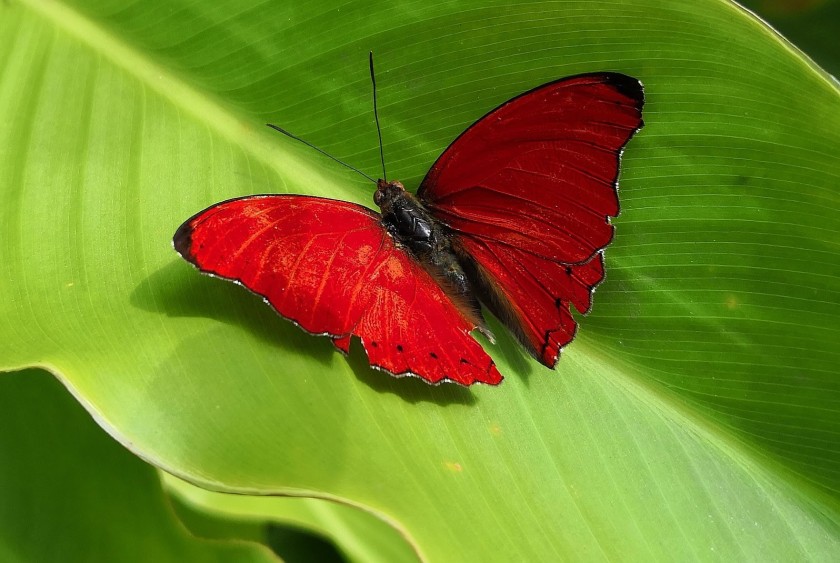
Answering the questions that I had at the start feels important now. Thinking about the answers, I can see that the experience has been beyond what we could have ever expected or hoped for. It has transformed us all, but even then , we carry our messiness and our habits (I find it difficult to put boundaries around my work, for example) with us where-ever we go.
Looking back to the questions give the impression that the experience has ended and is in the past. In one sense it has, of course, but in another, it is just beginning. The time spent at the hospital has opened us as a family to something that we are just trying to feel our way towards. But it is something that for the family, will probably involve Uganda, and for me, will certainly involve Bwindi Community Hospital and our ‘’BCH family.’’
Bwindi hospital has quite a high turn over of staff, as many go on to seek further training and professional development. And then often, they come back. So much so that the Executive Director, Dr Birungi, doesn’t think it worth considering it as a person leaving , but usually just a change in their relationship to the hospital. When a staff member leaves, there is a tradition that we sing the following whist we wave to each other…
‘’Till we meet, till we meet, till we meet,
Till we meet, till we meet, till we meet,
Till we meet, till we meet, till we meet,
God be with you till we meet again.’’
That seems a pretty good note on which to let this blog rest for a while.





